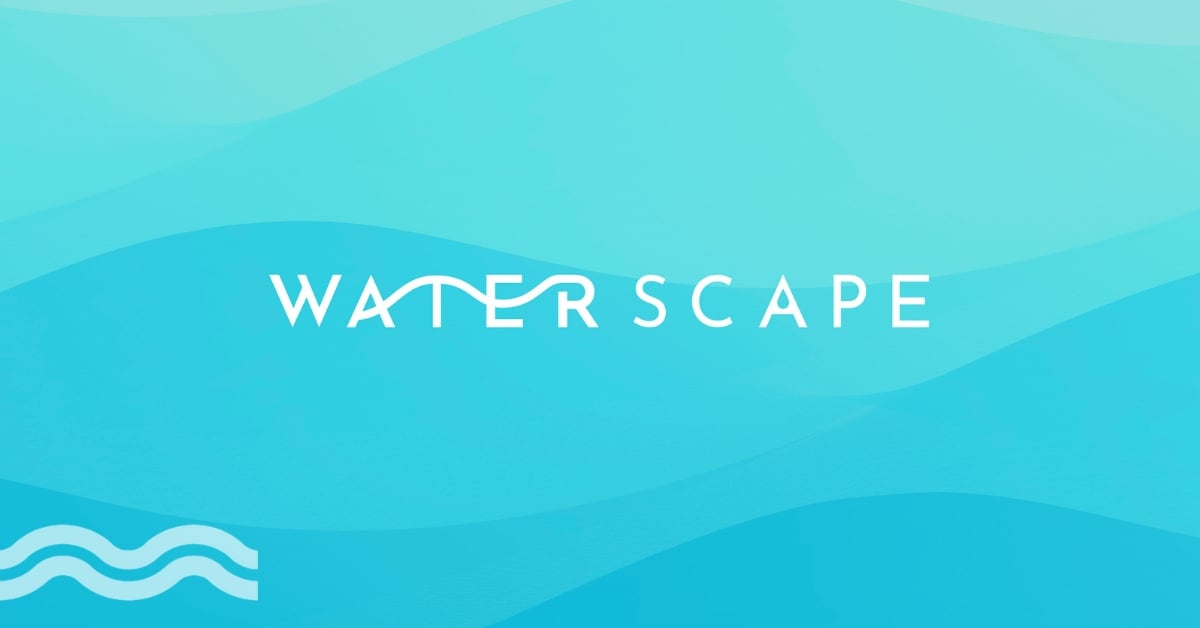Water technology innovation to recover lithium
A new method of recovering lithium using an ion-exchange resin could help reduce the economic costs and environmental impact of brine.
Ion exchange resin
With lithium fast becoming a sort after material due to the increased demand for electric cars (EVs), innovations are arising to help recover the valuable resource from existing streams.
German speciality chemicals company LANXESS has announced a new method of recovering lithium using ion exchange resins.
The solution has been developed to treat low-concentration lithium salt solutions containing alkali, alkaline earth and heavy metals at relatively high concentrations ranging from 100mg up to several grams per litre.
LANXESS said the use of ion exchange has a number of advantages over the traditional methods of final polishing for lithium brine due to the removal of calcium polyvalent ions, including increased efficiency, low leakage, high flow rates due to exchange kinetics.
“Using ion exchange processes for calcium removal cuts both the time and expenditure needed by a significant margin,” said Dirk Steinhilber, technical marketing manager at LANXESS.
The organisation’s monodisperse resins can be used to remove divalent ions, namely calcium, magnesium, strontium and barium, in a concentration range of 1–100 mg/l from brine with a typical lithium content of 10 g/l.
“A specially modified polymer structure for the resin ensures a long lifespan even in the case of frequent regeneration.”
The resin has a total capacity of more than 4.3 eq/l (equivalents per litre), meaning a long product life span and longer intervals between the regeneration phases than standard resins.
“A specially modified polymer structure for the resin ensures a long lifespan even in the case of frequent regeneration and makes the process a much more attractive prospect in financial terms,” adds Steinhilber.
According to LANXESS, in a concentrated solution of lithium chloride and sodium chloride containing 10 ppm of calcium, only trace amounts of calcium in the ppb range remain after treatment.
Challenges of lithium removal
With lithium becoming more in demand, many countries are looking to tap their resources.
Back in 2015, China launched a five-year plan to prioritise the manufacturing and adoption of EVs. By 2020, China was making 10,000 EVs every single month.
Lithium is highly reactive and cannot be found in its pure form. The most popular way to mine this resource is to extract it from a mineral-rich brine.
However, this is not a quick process and the water demand for lithium is extremely high, with one tonne of lithium needing 500,000 gallons of water to produce.
In Chile's Salar de Atacama, mining activities consume 65 per cent of the area’s water.
Lithium’s water footprint
There have been admirable efforts to reduce the environmental impact of lithium and cobalt, critical elements found in batteries that are typically considered water heavy in production.
With EVs seen as the future for personal transport, the result is that more batteries will be required, meaning more lithium and more water.
“The purification processes of this type play an important role to create the ultrapure lithium salts.”
For example, one calculation from Germany’s Helmholtz Institute for Electrochemical Energy Storage has shown that the lithium needed for a 64 kWh battery would require some 3,840 litres of water.
Yet, there are a number of different environmental challenges lithium brine presents such as water loss, ground destabilisation, biodiversity loss, increased salinity of rivers, contaminated soil and toxic waste.
“The purification processes of this type play an important role to create the ultrapure lithium salts needed in the production of lithium batteries and rechargeable lithium-ion batteries,” said Steinhilber.
Related content
Loading component...
We promise never to send you spam and you can unsubscribe at any time!



